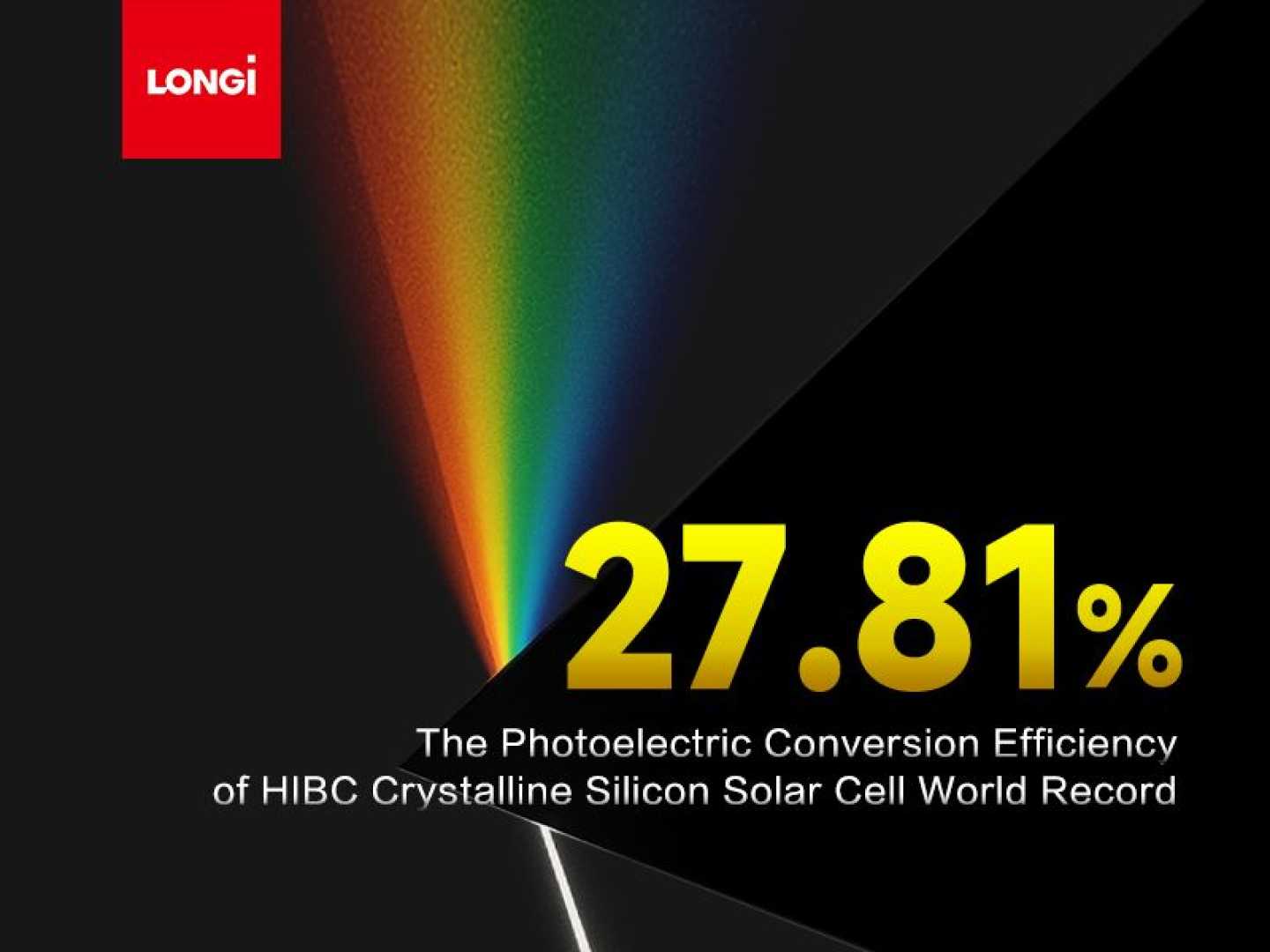Business
Chinese Manufacturer Unveils High-Efficiency Solar Cell in New Research

BEIJING, China – Chinese solar manufacturer Longi has released a scientific paper detailing its newly unveiled hybrid interdigitated back-contact cell, which achieved a world-record efficiency of 27.81% in April 2025.
Certified by Germany’s Institute for Solar Energy Research Hamelin (ISFH), Longi’s innovative device utilizes passivated tunneling contacts and dielectric passivation layers. The cell incorporates both n-type and p-type contacts, a combination that enhances both optical management and carrier transport efficiency.
“By redesigning both the cell architecture and material systems, we achieved simultaneous breakthroughs in optical management and carrier transport efficiency,” said a Longi spokesperson. However, specific details were scarce during its initial announcement.
The paper, published last week in *Nature*, outlines how researchers utilized a high-resistivity, half-cut M10 wafer enhanced with edge passivation. They implemented a unique high–low temperature process for optimized n-type contacts, along with a multilayer stack of aluminum oxide and silicon nitride to reduce recombination loss.
Further innovations involved reducing phosphorus doping in the n-type polycrystalline silicon layer, thus limiting dopant diffusion. The researchers also employed 8-μm deep trenched metal fingers to effectively collect holes while preventing leakage between contacts. “Achieving an optimal balance between passivation and conductivity requires careful tuning of the a-Si layer thickness,” they noted.
The cell’s design also led to heightened performance metrics, including a short-circuit current of 5,698 mA and an open-circuit voltage of 744.9 mV. “This performance is driven by integrating advanced techniques, including laser-induced crystallization, in situ edge passivation, and optimized surface treatments,” the paper stated.
Looking towards the future, Longi expressed hopes that these cutting-edge techniques could be scalable for manufacturing heterojunction solar cells. “The p-type contact shows 50% more resistive loss than the n-type contact, pointing to the need for further improvements in contact resistivity,” the company acknowledged.












